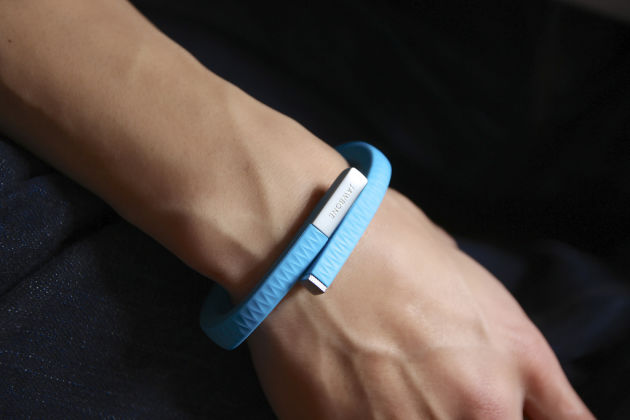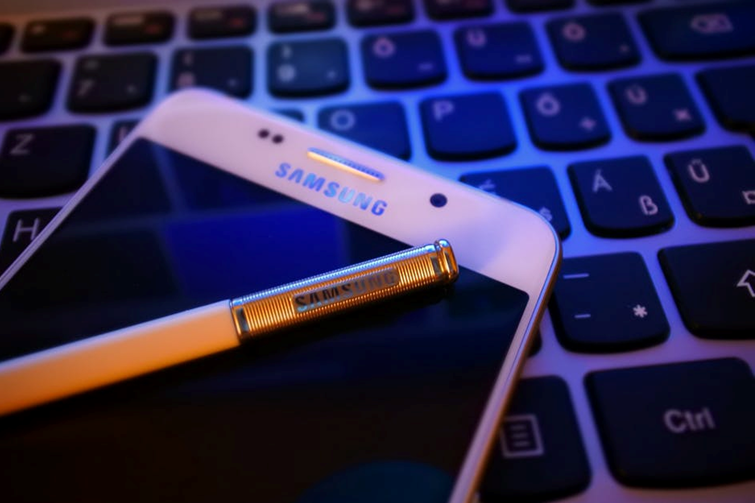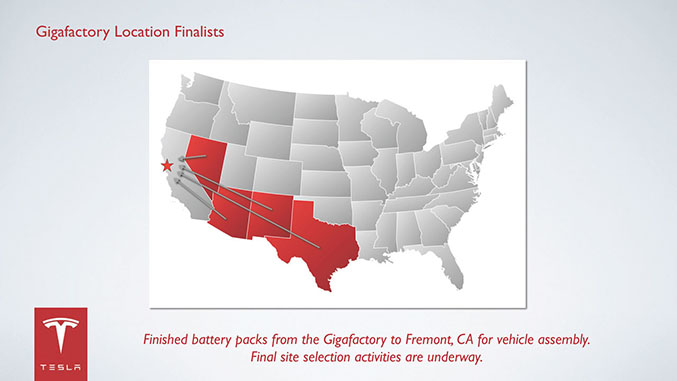Lately, it’s looking more and more like our predictions about wearable tech back in March were true. Wearable technology is having a hard time catching on with mainstream consumers. Why? People want wearable tech to resemble a piece they would actually choose to pay for and wear (like another piece of jewelry). With such high price tags, it’s no wonder that the mainstream consumer isn’t jumping on the bandwagon for a piece of “jewelry” that they’d rather not be seen in.
The digital research firm L2 (in collaboration with Intel) compiled a new report Intel stating that a whopping 75 percent of consumers are already aware of wearable technology. Compared to this 75 percent –only nine percent said they have any desire to use it and only two percent actually own a wearable tech device!
I think the key here will be to get jewelry and accessory designers on board for some major collaborations with wearable tech companies. Otherwise, they’re not going to be able to become relevant to the everyday consumer.
Google is apparently taking note and is definitely not giving up when it comes to pushing for the mainstream use of Google Glass. Last month, Google brought on board veteran fashion exec Ivy Ross to run the Glass team. They just announced this week that they are partnered up with Diane von Furstenberg for her to design a range of frames for Google Glass to be sold on Net-a-Porter and Mr Porter starting June 23. The frames will include sleek sunglasses and pink prescription frames, and of course will be stamped with the DVF logo. People who have already purchased Google Glass can still purchase the frames alone for $120-225. What’s also interesting is that this will be the first time that Glass will be sold through a third-party retailer.
There are also smaller companies who are on the wearable tech bandwagon that may be a bit easier to adapt (fashion-wise that is). Young technology companies like OMsignal are creating a ‘smart clothing’ revolution. They have introduced a new line of Biometric Smartwear T-shirts that boast sensors woven directly into the fabric.
These smart shirts are able to process vital-sign data during a workout and can connect the user’s exercise statistics to the internet via the sensors to a tracking module. There is a small black box clipped onto the shirt that transmits a constant stream of updates to the shirt wearer’s smartphone via Bluetooth.
There is no doubt that the technology behind the wearable technology is brilliant. The problem is bridging the gap between the mainstream consumer and these products. The main point seems to remain pretty simple –this is a style issue. If you want someone to wear something you design, no matter what that product is, it has to be designed as something that someone would think is worth wearing. Especially when the price tag is as hefty as some of these products are.





